The Mac family enters the era of M4 chips, is Apple finally making a push in AIPC?
![]() 10/28 2024
10/28 2024
![]() 515
515
Is the Mac family finally entering the M4 era?
Today, Apple executive Greg Joswiak released a promotional video on platform X, hinting that Apple will announce new Mac products next week. It is understood that the updated Mac products include MacBook Pro, iMac, and Mac mini. This also means that after this update, all Mac products except MacBook Air have completed their iterations.
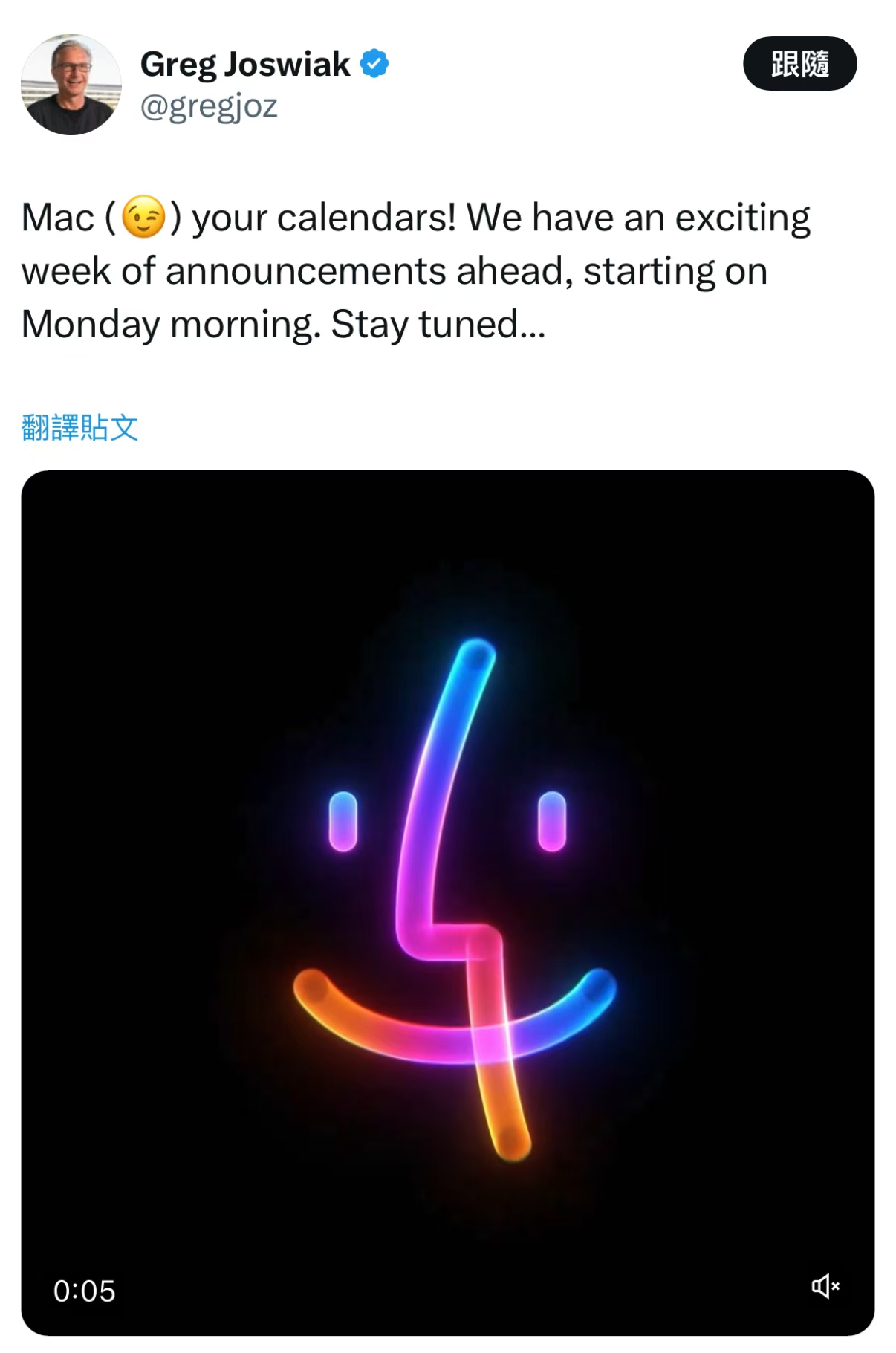
(Image source: X)
The core reason why Apple is eager to complete the upgrading of a large number of Mac products during this period is to serve Apple Intelligence. Earlier, Apple announced the official launch of its AI service in October this year, which is only available on some new devices. For example, the recently launched iPad mini A17 Pro, which is not truly the seventh generation iPad mini, but rather features a new chip capable of AI functionality.
It is not difficult to see that in the face of fierce AIPC market competition, Apple is also starting to feel anxious.
Mac family update, with the "chip" change as the focus
In the past two years, Apple's Mac product line has been in a state of stability, with a "good enough" approach to both design and overall configuration changes. Looking back, the Mac family garnered significant market attention with the colorful iMac M1 and MacBook Pro with a notch display. But that was already three or four years ago.
Foreign media Antonio G. Di Benedetto believes that the core upgrade for this batch of new Mac products to be released by Apple next week will still be the chip change. If we have higher expectations for these new products, we are afraid we will be disappointed.
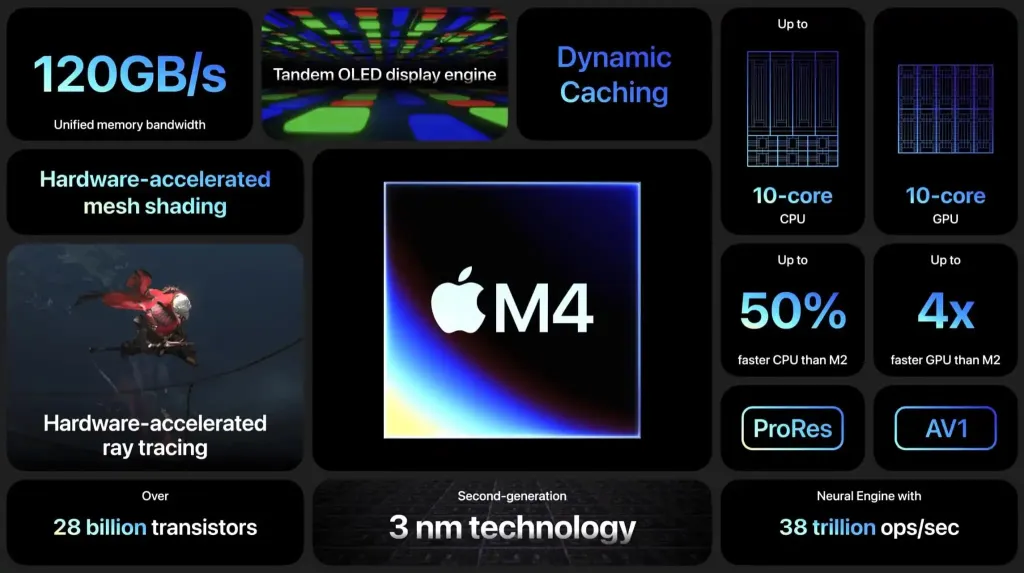
(Image source: Apple)
The M4 MacBook Pro still comes in 14-inch and 16-inch models, with the 14-inch offering M4, M4 Pro, and M4 Max performance versions, and the 16-inch offering M4 Pro or M4 Max performance versions. This approach remains consistent with the previous generation.
Currently, Apple has not disclosed performance information about the M4 Pro and M4 Max chips, but by comparing the differences between the previous three chips, it can be roughly inferred that the increase is in the number of cores.
The biggest changes to the new MacBook Pro come from storage specifications and external expansion. First, the base memory has been increased from 8GB to 16GB, with a maximum of 32GB, significantly higher than the previous generation's 24GB. Second, the number of Thunderbolt ports has been increased from two to three as standard. It must be said that such peripheral configurations are worthy of the "Pro" positioning.
The upgrades for the iMac M4 version are almost the same as those for the MacBook Pro.
The most noticeable change is naturally the increase in base memory, with the M4 iMac starting at 16GB and up to 32GB available. Another notable upgrade is the increase in Thunderbolt ports from two to four for the high-end version. In fact, the most problematic configuration of the previous-generation iMac was its ports, as the high-end version, although featuring four USB-C ports, only had two of them as Thunderbolt ports. As a desktop computer, the expandability of the iMac was significantly compromised, which was quite puzzling.

(Image source: 9to5Mac)
As for the Mac mini, its upgrade may be the most significant among this batch of new products. Apple plans to make it a more compact product, with rumors suggesting that the new Mac mini's size may be very close to that of the Apple TV. To reduce its size, the Mac mini will only offer USB-C ports and will be available in M4 Pro or M4 Max versions.
Overall, this batch of new Mac products has two notable changes: the M4 chip and the 16GB base memory. Those familiar with Apple will not find it difficult to recognize that such upgrades to the Mac series are primarily aimed at serving Apple Intelligence, given that Apple's localized large models have high requirements for AI computing power and memory usage. It seems that Apple has finally made up its mind to compete head-on with AIPC manufacturers.
Actively deploying AIPC, Apple is no longer slow to respond
In the third quarter of 2024, the rise of AIPC brought growth to the market. Brands like Lenovo and HP capitalized on Qualcomm and Intel's latest AI processors to gain market share. Represented by Qualcomm's Snapdragon X Elite and Intel's Core Ultra series, these processors not only enhance the intelligence level of PCs but also improve user experience through dynamic performance adjustment, while Apple's progress in this regard has been relatively slow.
Despite high expectations for Apple Intelligence, Apple has not implemented this technology across its entire Mac product line. This delay has caused the Mac to lose some important competitive advantages, especially in the commercial and creative fields, where AI-less Macs appear somewhat "disconnected."
Market reports also highlight the severity of Apple's current lag: According to Counterpoint market reports, in the third quarter of 2024, Lenovo, HP, and ASUS maintained growth in market share, with Lenovo's shipment rate increasing by 3% year-on-year to 16.5 million units, ranking first. In contrast, Apple performed the worst among manufacturers in the third quarter, with Mac shipments plummeting by 11%.
The core reasons for the lower-than-expected Mac shipments are high pricing and the lack of AI support.
Apple has long positioned itself in the high-end market, with a price threshold, but as consumers increasingly demand cost-effectiveness, this strategy has gradually become a disadvantage for Apple. Current AIPC offerings not only provide high performance but also balance battery life.
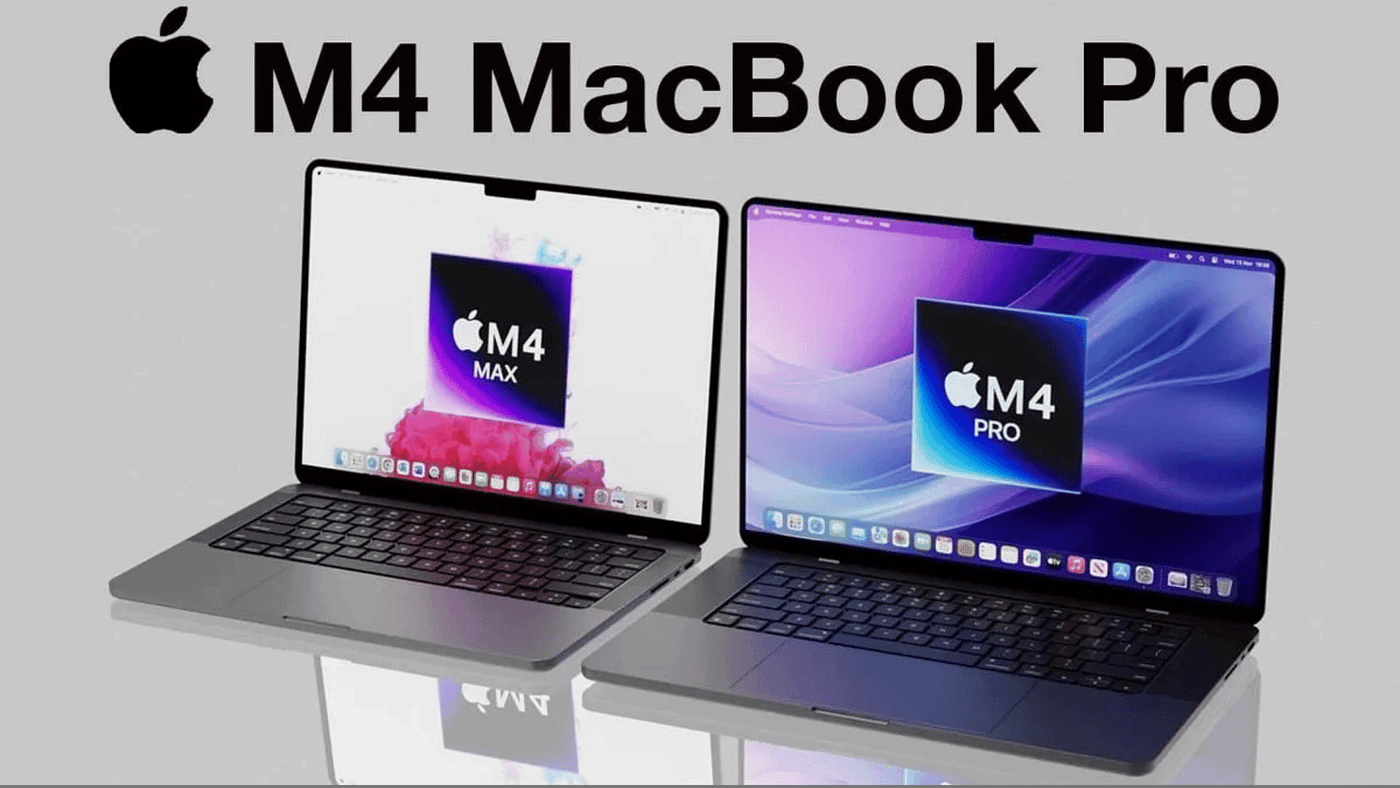
(Image source: MacRumors)
For example, the Snapdragon X Elite and Core Ultra 200V series not only offer better energy efficiency but also provide battery life of up to 8 hours or more. In contrast, while the Mac is powered by the M-series chip, its high price and lack of AI functionality have steered consumers towards more cost-effective Windows AIPC devices. In other words, consumers are now more willing to "get more bang for their buck," and Apple's appeal in the market is clearly waning.
Although the Mac has been priced premium for decades, it still has a loyal fan base. What truly drove a significant exodus of users was Apple's overly precise "scalpel" approach. For example, while the M4 chip offers improved single-core performance, it only marginally outperforms the M3 Pro in multi-core tests, indicating that Apple remains conservative in its performance release for base models. This strategy has driven many budget-conscious users to AIPC on the Windows platform, especially as PCs with larger memory and higher-frequency chips emerge, consumers are increasingly gravitating towards devices that offer not only cost-effectiveness but also more intelligent features.
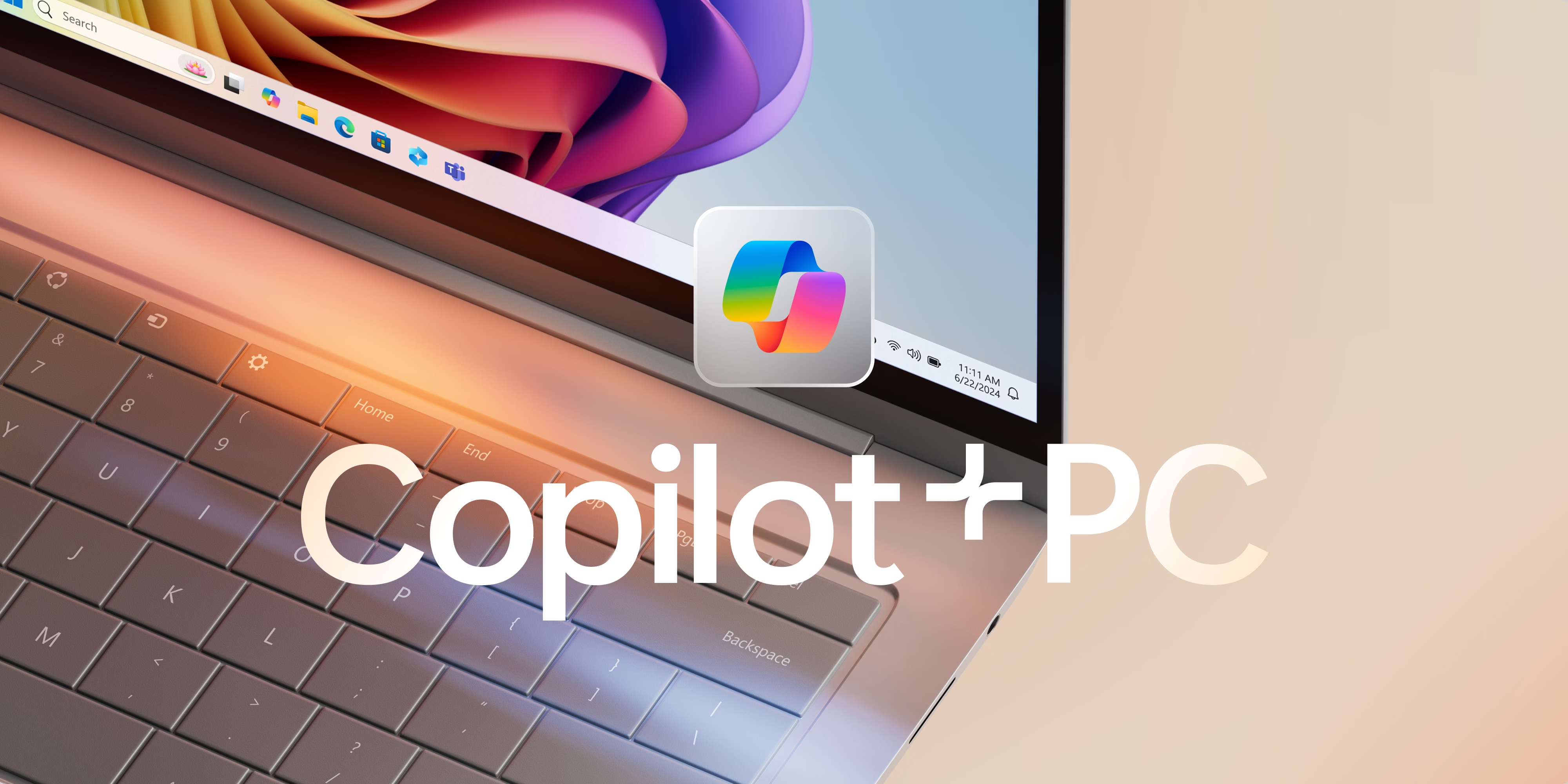
(Image source: Microsoft)
Therefore, we can see that most leaked information points to the new Mac product line placing greater emphasis on the AI service experience, such as prioritizing the M4 chip, increasing the base memory to 16GB, and enhancing the expansion capabilities of the MacBook Pro. This suggests that Apple now has a hardware foundation to compete with its rivals, but to truly emerge victorious, it will likely need to demonstrate greater commitment to Apple Intelligence.
To defend its PC stronghold, Apple needs more trump cards
In the face of the rising trend of AIPC, if Apple wants to maintain its position in this market, it needs to accelerate the adoption of Apple Intelligence. Current market data shows that AI functionality is particularly popular among enterprises and creators in the PC space, offering powerful intelligent assistance through local AI computation. Therefore, Apple should accelerate the deeper integration of AI processing and machine learning capabilities into macOS. This change will not only enhance user productivity but also respond to the increasingly robust AI integration strategies of competitors, helping Apple maintain its position at the forefront of the AI-driven competitive landscape.
Currently, the AI services provided by macOS Sonoma are limited to an improved Siri and text spelling optimization, which are clearly lagging behind the various features introduced by Microsoft on Windows 11. With such underwhelming functionality, it is difficult to ensure that Apple can leverage Apple Intelligence as a selling point to attract consumers to purchase new Macs.
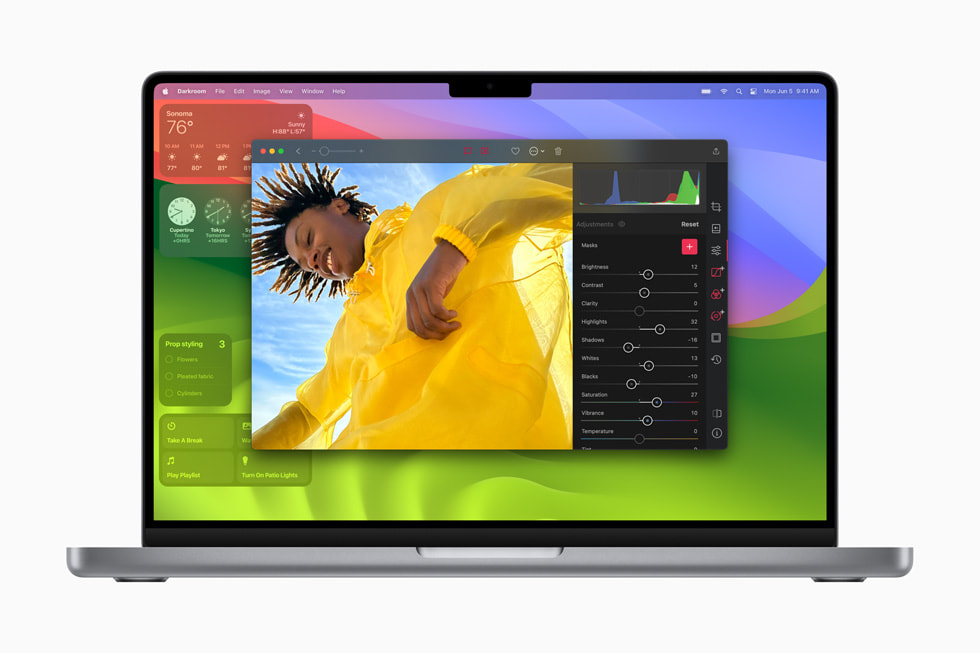
(Image source: Apple)
Therefore, Apple may need to adjust its pricing range reasonably, introduce more price-elastic products, or refine configuration combinations to make the Mac appealing to a wider range of consumers, which will help expand market coverage. For users seeking basic AI functionality but with relatively limited budgets, such a strategy will undoubtedly increase their interest in the Mac. In fact, Apple's introduction of products like the iMac and Mac mini is already a compromise for the mid-range market, but it has not yet covered the MacBook series. Apple may need to launch a product positioned between the Air and Pro to further broaden its market presence.
For now, Apple still has a mature ecosystem, such as seamless collaboration between Mac, iPad, and iPhone. This may be one of the few vendors in the market that simultaneously offers multiple smart terminals. However, if Apple has not yet begun experimenting with enabling AI services across multiple device collaborations, it may risk losing market share to equally powerful brands like Honor and Huawei.
Overall, this generation of Mac represents Apple's "admission ticket" to the AIPC battlefield, with full coverage of the M4 chip and 16GB of memory, providing a hardware foundation to support the integration of various new Apple Intelligence features in the future. However, in terms of current functionality, it seems unlikely that the new generation of Macs will attract consumers to purchase them, primarily due to the fact that "Apple AI" is not yet powerful enough, and there is not a significant overall performance improvement for the Mac. In this context, does the Mac still have a chance to turn things around? Perhaps it will be challenging.
Source: Leitech








